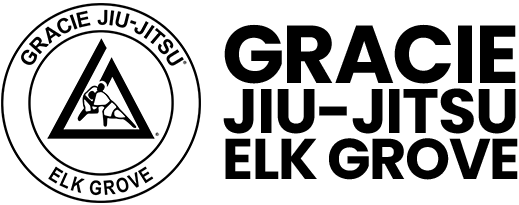Jeet Kune Do (JKD)
Jeet Kune Do (JKD)
Jeet Kune Do (JKD)
Jeet Kune Do is the first Mixed Martial Art. Created by Bruce Lee, JKD is both a martial art and a philosophy. Roughly speaking, Jun Fan Martial Arts—which is what we practice in class—is the system Bruce Lee created based on Jeet Kune Do concepts. Departing from the exclusive, form-based training that was common during his time, Bruce Lee created an approach to martial arts that encouraged each student to freely express their unique attributes and abilities. The guiding principle of this revolutionary art is personal growth through continued research and development. Bruce Lee did this to an incredible degree, incorporating elements of Wing Chun, Praying Mantis, Western boxing, Jiu Jitsu, Judo, fencing and many more into his practice. Along with his pioneering uses of training equipment and his ingenious training methods, he established a completely new and indispensable system of martial arts. It’s through self-understanding—of body, mind and perceived limitations—that the JKD student ultimately moves beyond form and technique toward freedom and honest self-expression in martial arts. In turn, this allows students to adapt to and defend against any opponent with simplicity and directness, unencumbered by “classical patterns.”
JKD classes are high energy, intellectually stimulating and filled with a sense of camaraderie. During class you will learn a variety of kickboxing skills, practicing both on focus mitts and on the body. Geared more toward “the street” than competition, JKD is an excellent self-defense tool. You will also practice sophisticated trapping, locking and infighting drills. Trapping bridges the gap between boxing and grappling where you will learn to strike at close range while pinning your opponent’s arms.
A Little History
Our greatest JKD & FMA influence is Guro Dan Inosanto. Being well connected in the Filipino-American and Martial Arts communities, he had the opportunity to train with many warrior legends such as Bruce Lee, Ed Parker, Leo Giron, John LaCoste, Antonio Illustrisimo, Leo Gaje, Floro Villabrille, Gene LaBell, Jean Jacques Machado, Pedro Sauer and many others, each sharing their unique, often well-guarded family systems. Through his physical talent and genius for perceiving and organizing what is essential to each system, Guro Inosanto has given us an incredible blended approach to JKD & FMA. Here’s the man himself giving some background on the art as well as demonstrating some of the movement behind it:
